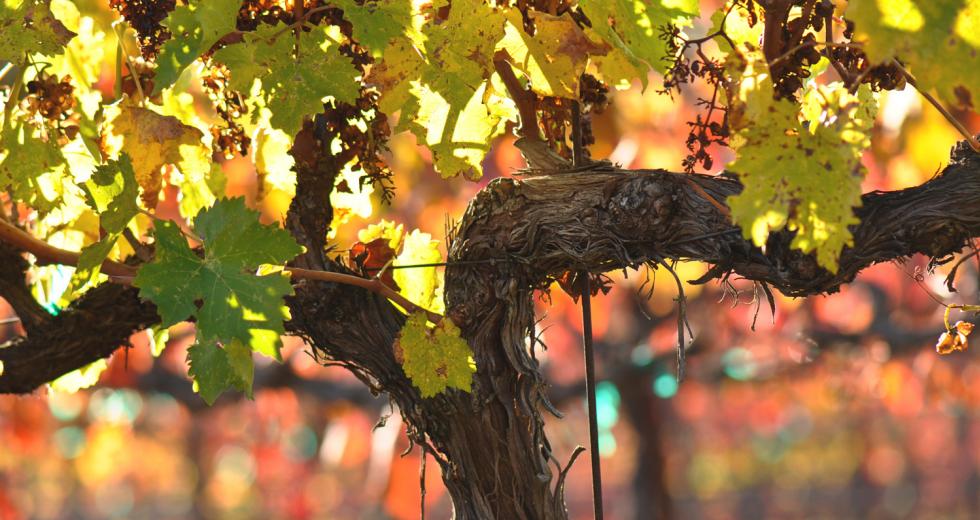I can’t help but notice that the days are getting a little bit shorter and the sun is setting lower in the sky. These waning days of summer mean that harvest season is just around the corner. Of course, the Capital Region has other traditional signs of the upcoming fall season. In the valley, tomato trucks barrel down freeways, delivering their red-ripe cargo for processing. In the foothills, grape vines hang heavy with fruit as growers carefully monitor sugar levels to find the magic day to start the crush.
Our region is renowned for its agricultural bounty — we grow more rice than any other place in the state. Those fields also preserve open space for fish and wildlife and are a critical stop for migrating birds along the Pacific Flyway. Fruit and almond orchards are also plentiful.
As I drive up and down the valley or in the foothills, I see the value of agriculture along every highway and country road. It is a significant engine of the economy in Sacramento and the surrounding counties. Almonds alone, one of the state’s biggest cash crops, add nearly $6 billion to our economy.
“Farm to Fork” is not just an advertising slogan: It reflects a big part of the region’s identity, and that reputation is growing.
Wine has become one of California’s most recognizable crops and production has grown tremendously over the last two decades. California is home to 4,700 wineries and produces more wine than any other U.S. state. The industry-wide payroll is an estimated $17 billion and wine sales add $7 billion of tax money to the state’s coffers each year.
That growth has reached the Capital Region, too. It’s not surprising, considering the many micro-climates in our foothills that allow growers to create a wide variety of wines. There are 39,000 acres in wine grapes planted in the six-county metro region; more acreage than in all but two states.
In August, I attended the Metro Chamber’s annual State of Agriculture luncheon. During a discussion on the region’s wine industry, one local grower noted that 20 years ago, he used to describe Sacramento to out-of-towners as “90 minutes from the Napa Valley.” Now, he said, those same people bypass Napa Valley to sample wines from the Sacramento region and the surrounding foothills.
The serenity I feel from looking out over the acres of a leafy vineyard belies just how much work goes into producing and selling a bottle of wine. The increasing number of wineries adds competition, which puts smaller wineries at a disadvantage. Mechanization cuts labor costs for some wineries. In fact, 80 percent of California’s wine grapes are now harvested by machine.
Related: Authenticity proves key in the growth of Amador County — California’s most approachable wine scene
That’s not a solution for everyone. One foothill vintner noted that machine harvesting “brutalizes the grapes.” Unsurprisingly, labor was a hot topic of discussion at this year’s luncheon. While ag companies large and small are grappling with issues like rising minimum wage, farmers in the foothills already often find themselves needing to increase wages to entice workers into more remote areas. But harvesting machines work best on flat land, not suitable for the steep slopes where most of our region’s grapes are grown.
To be sure, it’s the quality, not the quantity, of our local wines that attracts the out-of-town sippers and makes our local wine industry an economic foundation for foothill tourism. As one local vintner noted, “You can’t make premium product without hand labor.”
Most of that labor force is made up of immigrants, who work seasonally. Increasingly stringent restrictions on immigration are making it harder to find that labor force and more expensive to hire.
But it is key to the quality that keeps tourists flowing to our local wineries. As large distributors focus on high-volume wineries, smaller local wineries depend on that flow of tourists for as much as 35 percent of their annual sales.
It’s a good thing to savor the next time you open a bottle of locally produced wine. The labor — most of it immigrants’ — is just as important as the grapes.



